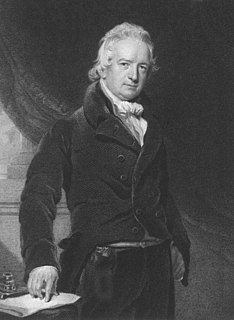 W
WJohn Abernethy FRS was an English surgeon. He is popularly remembered today for having given his name to the Abernethy biscuit, a coarse-meal baked good meant to aid digestion.
 W
WJohn Banister (1533–1610) was an English anatomist, surgeon and teacher. He published The Historie of Man, from the most approved Authorities in this Present Age in 1578.
 W
WBeatrice Mary Blackwood was a British anthropologist, who ran the Pitt Rivers Museum in Oxford from 1938 until her retirement in 1959.
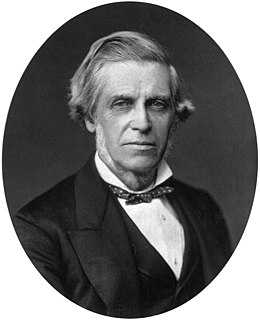 W
WSir William Bowman, 1st Baronet was an English surgeon, histologist and anatomist. He is best known for his research using microscopes to study various human organs, though during his lifetime he pursued a successful career as an ophthalmologist.
 W
WJohn Browne (1642–1702) was an English anatomist, surgeon and author. He published the first description of cirrhosis of the liver in 1685 and the first description of necrotising pancreatitis in 1684. He was also known for publishing the work of others under his name.
 W
WWilliam Cheselden was an English surgeon and teacher of anatomy and surgery, who was influential in establishing surgery as a scientific medical profession. Via the medical missionary Benjamin Hobson, his work also helped revolutionize medical practices in China and Japan in the 19th century.
 W
WGeorge Viner Ellis FRS was Professor of Anatomy at University College London and one of the foremost anatomists of his time.
 W
WHenry Gray was a British anatomist and surgeon most notable for publishing the book Gray's Anatomy. He was elected a Fellow of the Royal Society (FRS) at the age of 25.
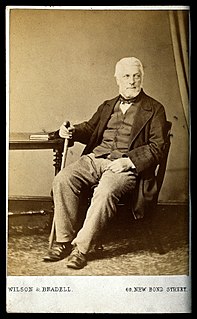 W
WGeorge Gulliver, was an English anatomist and physiologist.
 W
WSamuel Osborne Habershon was an English physician.
 W
WGeorge Britton Halford was an English-born anatomist and physiologist, founder of the first medical school in Australia, University of Melbourne School of Medicine.
 W
WSir George Murray Humphry, FRS was a professor of physiology and anatomy at Cambridge, surgeon, gerontologist and medical writer.
 W
WThomas Henry Huxley was an English biologist and anthropologist specialising in comparative anatomy. He is known as "Darwin's Bulldog" for his advocacy of Charles Darwin's theory of evolution.
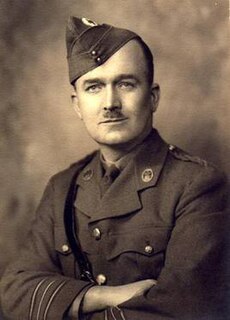 W
WRaymond Jack Last, comparative anatomist, was Anatomical Curator Royal College of Surgeons 1946-50, Professor of Applied Anatomy 1950-70, Warden of Nuffield College of Surgical Sciences 1949-70, and Visiting Professor UCLA 1970-88. Last was an outstanding lecturer in postgraduate anatomy, and belonged to a small set of anatomists who were initially practising surgeons and then made a career teaching it.
 W
WJohn Marshall FRS FRCS was an English surgeon and teacher of anatomy.
 W
WSir Richard Owen was an English biologist, comparative anatomist and paleontologist. Despite being a controversial figure, Owen is generally considered to have been an outstanding naturalist with a remarkable gift for interpreting fossils.
 W
WJohn Sheldon was an English surgeon and anatomist.
 W
WThomas Vicary was an early English physician, surgeon and anatomist.
 W
WThomas Wharton (1614–1673) was an English physician and anatomist best known for his descriptions of the submandibular duct and Wharton's jelly of the umbilical cord.
 W
WThomas Willis FRS was an English doctor who played an important part in the history of anatomy, neurology and psychiatry. He was a founding member of the Royal Society.
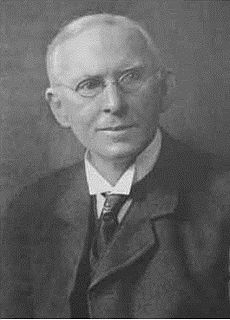 W
WSir Bertram Coghill Alan Windle, was a British anatomist, administrator, archaeologist, scientist, educationalist and writer.